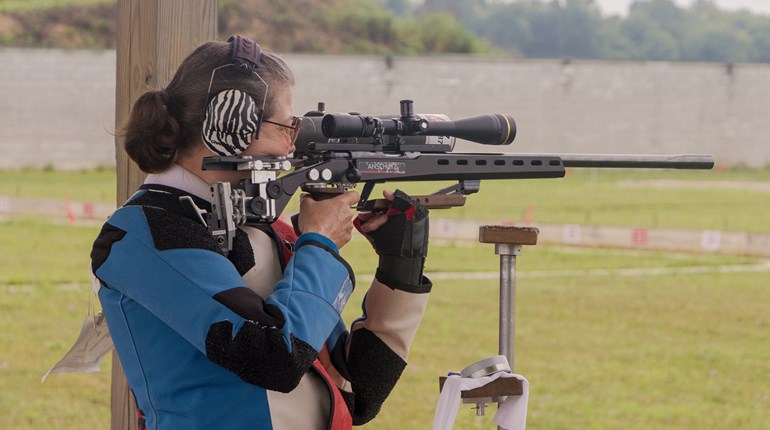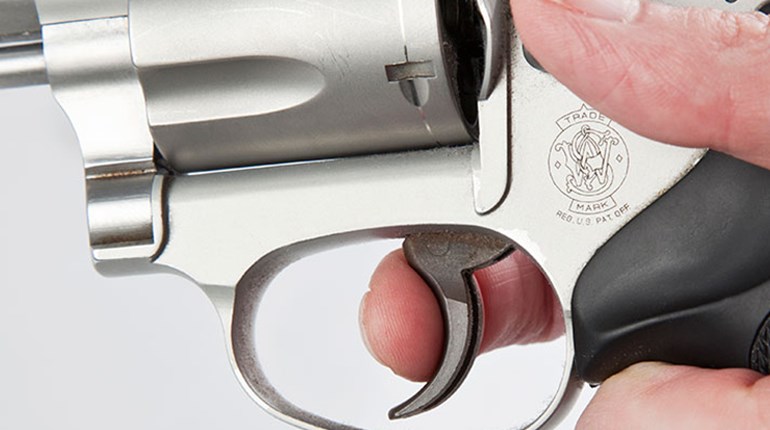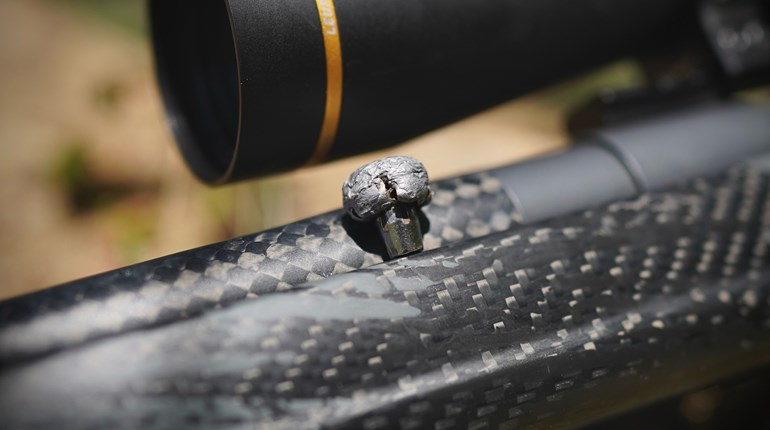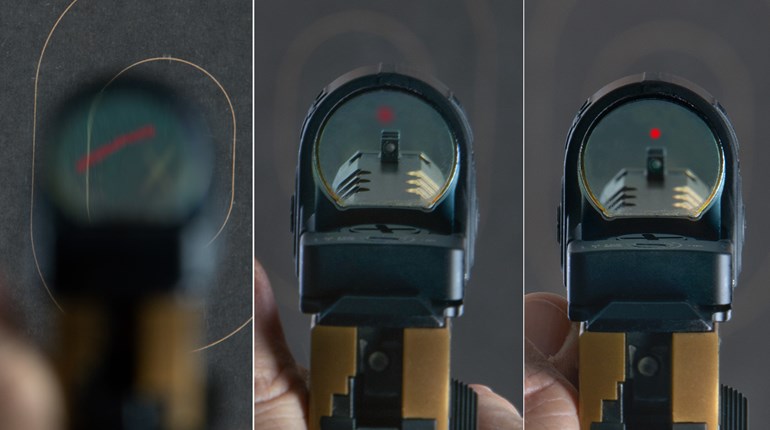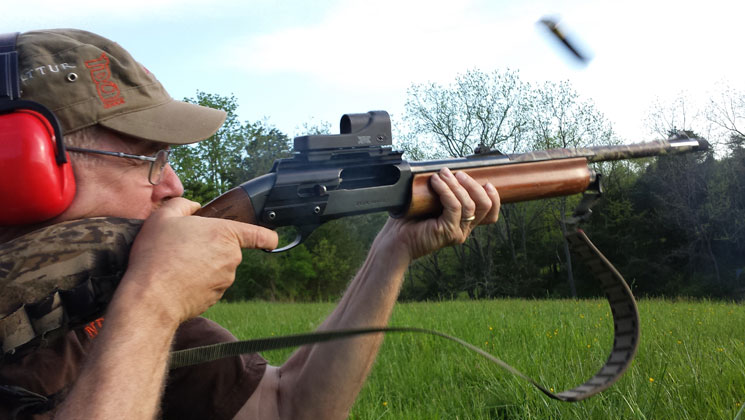
 In past NRA Family articles we’ve focused on various fundamental skills needed for accurate shooting, most recently a lesson on trigger control. But no matter how perfectly you do it, squeezing the trigger isn’t the final step in precision marksmanship. Even as the bullet or shot pellets are speeding down the bore and exiting the muzzle, the shooter must not relax his hold (on still targets) or her swing (on moving targets).
In past NRA Family articles we’ve focused on various fundamental skills needed for accurate shooting, most recently a lesson on trigger control. But no matter how perfectly you do it, squeezing the trigger isn’t the final step in precision marksmanship. Even as the bullet or shot pellets are speeding down the bore and exiting the muzzle, the shooter must not relax his hold (on still targets) or her swing (on moving targets).
This part of the process is called follow-through, and in fact it’s a vitally important fundamental in many sports. Golfers and baseball players must follow-through on their swings; basketball players must prolong their hand motion when they shoot; quarterbacks must complete their arm rotation when passing. Only after the projectile separates, does the shooter (or athlete) cease to affect its flight.
Literally that occurs at the instant of separation, but without purposeful follow-through we tend to anticipate the end of the process before it actually happens. Because that kind of anticipation is a such a natural tendency, shooting coaches often teach exaggerated follow-through, i.e., holding your rifle/pistol position and sight picture or continuing the swing of your shotgun a few noticeable beats after the shot is fired.
As mentioned, shooting follow-through varies depending on if you are: 1) shooting still targets, as is the norm with rifles, handguns, bows, and shotgun applications like turkey hunting or slug shooting; or 2) shooting moving targets, primarily with a shotgun, but in certain cases with a rifle or handgun. When shooting still targets, follow-through means holding your steady-as-a-rock shooting position and the resulting sight picture well after the shot breaks. With a shotgun, follow-through involves continuing to swing your gun’s muzzle(s) after firing the shot in direct correlation to the flight of the clay or gamebird.
Neither of these is especially easy to do because follow-through coincides exactly with recoil, right when our natural reflex is to flinch, blink or otherwise interrupt what our body is doing. The recoil reflex certainly complicates our ability to follow-through, but with practice, it can be overcome. In fact, one reason why it’s so beneficial to start new shooters on airguns or firearms with minimal recoil is so they can build and perfect follow-through muscle memory. Even beyond the recoil factor, airguns may well be the greatest tools of all for gaining this skill because their relatively slow-moving pellets tend to remain in the bore for a longer period of time than firearm bullets. And so it’s absolutely essential in precision airgunning to hold the shooting position and sight picture longer, as is the case when we properly follow-through.
One very helpful exercise in building follow-through is to practice on reactive targets (ones that move or visibly react when struck), and make it a point to watch for the reaction. In a sense you can “watch your shot into the target.” (In fact there are times, depending on the sun’s angle, when you can indeed see the glint as your bullet flies toward the target—but only when exercising textbook follow-through.) Though the ‘watch-your-shot’ exercise comes more naturally with low-recoil guns, with practice it certainly can be done with harder-hitting firearms.  Top shotgun coaches often stress the need to keep one’s focus on the bird, visually and mentally. In practicing with clay targets, that translates to maintaining focus longer, tracking the bird with your eyes and gun while you see it break and then some.
Top shotgun coaches often stress the need to keep one’s focus on the bird, visually and mentally. In practicing with clay targets, that translates to maintaining focus longer, tracking the bird with your eyes and gun while you see it break and then some.
And so in spite of their differences, the way to build your follow-through abilities on either still and moving targets is by intently watching for them to react. As your skill increases, it’s entirely possible to practice rifle and pistol follow-through on paper targets as well.
Mastering follow-through is something all good shooters have had to work at. While linked to ancillary skills like dealing with recoil and calling one’s shot (lessons for another day), every shooter can improve in this regard simply through concentration and practice. Seeing your shots in the bullseye or breaking clays to smithereens confirms you’re on the right track.













